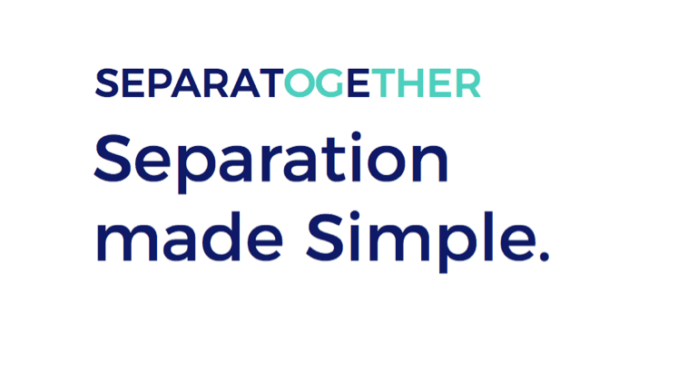
Legal AI pioneer, Neota Logic, has helped to develop an automated doc creation tool for divorce in Australia, in another example of using legal tech to improve access to justice. It is also apparently the first time something like this has been done in Australia.
In this case, the application helps people involved in a divorce to complete essential legal documents that they need to submit to court to help complete their separation, but which may become a barrier if they had to pay a lawyer a significant amount to help them to draw up the documents.

‘The app uses logic based on answers to questions, not NLP,’ Uebergang added and which would appear to build upon Neota’s strong expertise in rules-based legal expert systems.
The project has been carried out with online family law firm, Separate Together, with the goal of creating a platform ‘that revolutionises finalising formal legal separation agreements’.

The platform, ‘transforms the provision of traditional family law legal services in Australia by creating the draft legal document to have separating couples’ agreements about the division of assets, debts and superannuation formalised in a way that is recognised under the current Family Law Act 1975’, said the legal tech company.
Director of Separate Together, Siobhan Mullins, said: ‘The idea came after I recognised that there is an increasing trend in separating couples reaching an agreement without going to court.’
‘Here at Separate Together, we are all about continuing to streamline the separation process by providing accessibility to quality family law legal services at a reasonable price,’ she said.
‘I am passionate about making the law even more accessible to everyday Australians, by streamlining the process of drafting legal documents by using modern technology. I hope this is just the beginning for the use of new technology in Australian law firms to help individuals in tough situations,’ Mullins concluded.
The project underlines how elements of a legal process can be made faster and cheaper by legal technology for members of the public and, in doing so, improve access to justice. Every stage of a legal process, such as a divorce, costs money because it draws on the time of a human lawyer. By crystallising some of the knowledge needed to ask the right legal questions with an online Q&A system and then create the right document, costs can be brought down considerably as it takes the costly human lawyer out of the equation.
While people involved in complex and contested high value divorces may not see the benefits of shaving off the cost of creating such documents via an automated system, for most people anything that can smooth the path to the conclusion of a painful, and hard to understand, legal process is a major step forward.
Also, although automating this one step may only save several hundred dollars, the reality is that for many people, even relatively small legal fees can prevent them from seeking access to justice or approaching the courts, leading to people remaining in legal ‘limbo’ without a formal change to their status.
The example here could also be used in other areas, and indeed doc creation systems are being used and developed in other areas of the law by other A2J legal tech developers around the world. The challenge, for the legal tech industry and society as a whole now, is to build these out across the legal systems of the world at scale in each and every ‘practice vertical’ where they can be effectively applied.
If that were to be done, there could be a significant improvement in access to justice and a reduction in people being left outside the legal system due to what commercial lawyers might see as relatively small financial barriers, but which to most people are sums large enough to deter engaging with a lawyer in the first place.
What perhaps we need now is a way to co-ordinate and encourage these efforts globally so that A2J tech ideas and methods can be shared, and perhaps also shared with courts services and national justice departments as examples of how countries can improve access to justice without adding to the cost burden of the tax payer, and perhaps even reduce the cost of legal support that the state may supply to citizens.
Such A2J tech could also be a way of helping law firms working at the consumer level to increase revenues by allowing them to handle a greater number of matters due to the automation of some bottlenecks in their document production methods.
[ Note: Are you an A2J Tech company or developer, or a law firm or justice department, looking at how you can leverage automation? If so, and if you’d like a chat, please drop me a line. ]